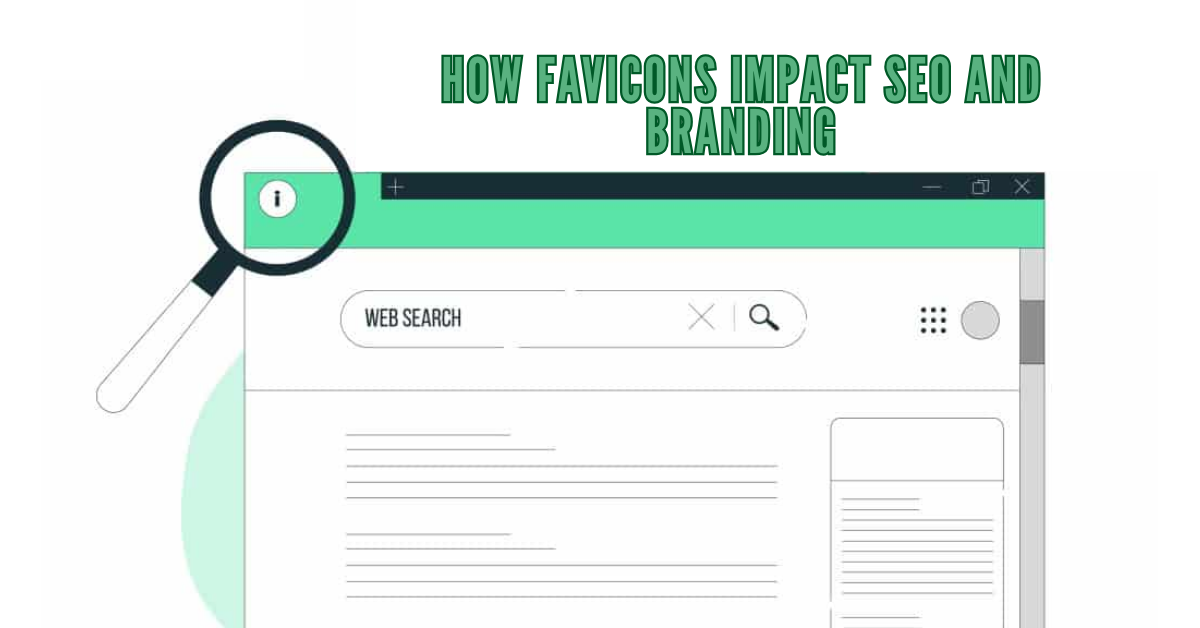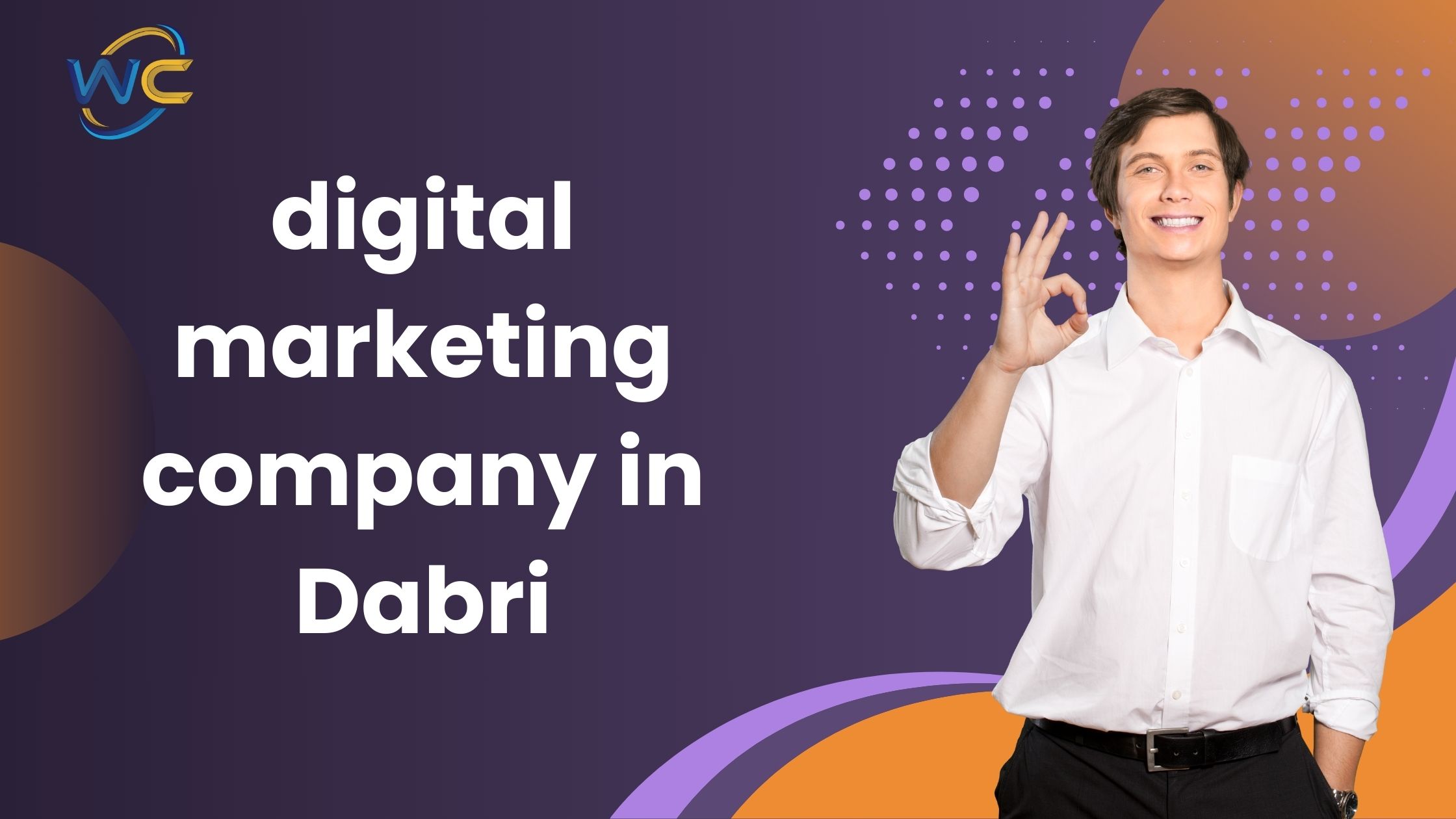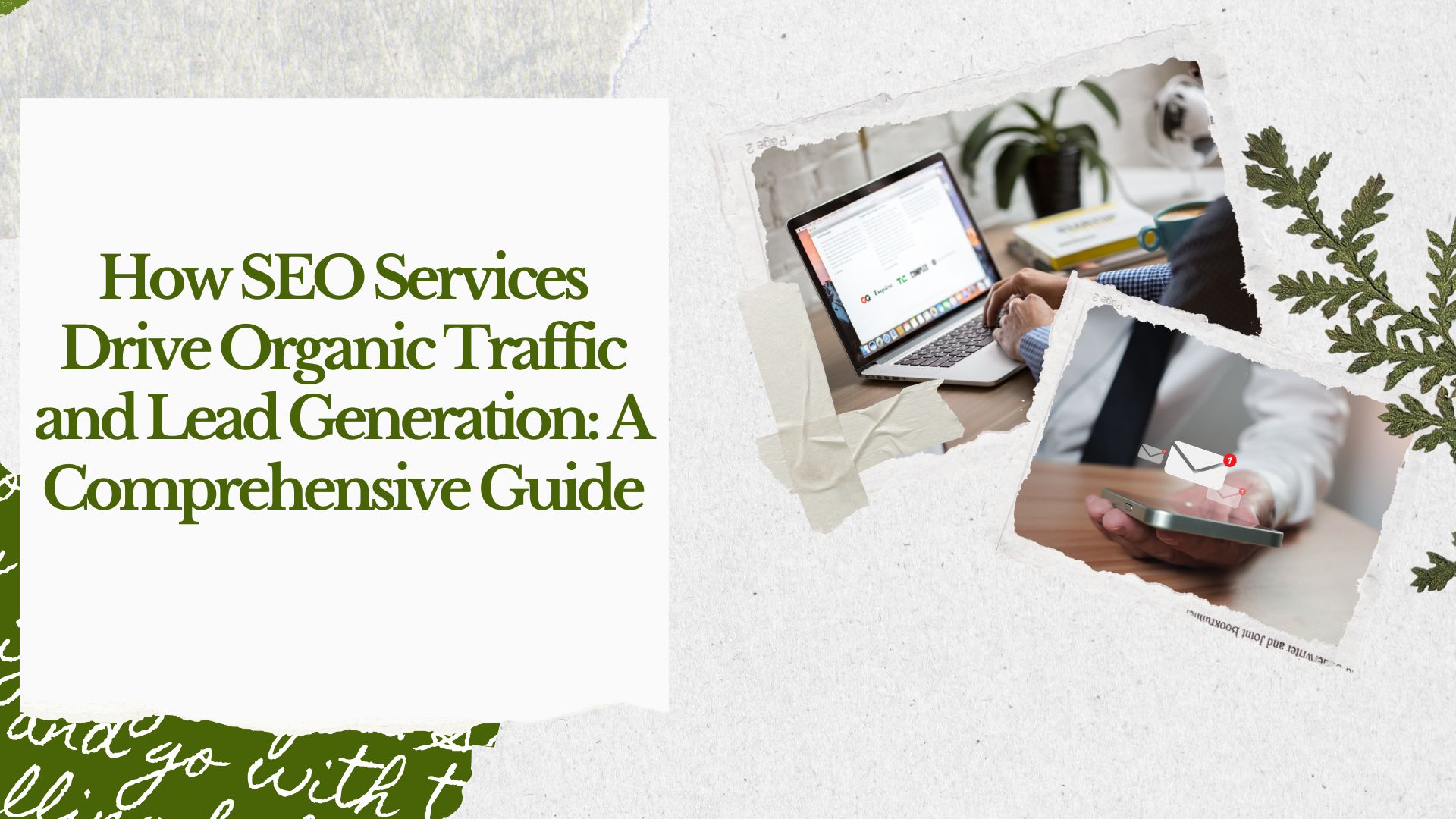Favicons-the small icons that appear next to a website’s title in the browser tab—might seem like a minor detail, but they play a significant role in SEO and branding. These tiny icons often feature a brand’s logo or a simplified version of it, and while they’re easily overlooked, they provide subtle but important benefits that contribute to a website’s visibility, credibility, and brand identity. Whether you’re managing a site on your own or working with a branding agency in Chennai, understanding the impact of favicons can help maximize your site’s appeal and performance. This article explores how favicons enhance both SEO and branding, and why they shouldn’t be ignored.
The Importance of Favicons in Digital Marketing
Favicons may be small, but they have an outsized impact on the user experience. They enhance a website’s aesthetic appeal and make it more recognizable in a crowded browser with multiple open tabs. Beyond visual appeal, favicons also convey professionalism. Sites with favicons look more legitimate to users, creating a subconscious impression of reliability. For companies looking to make their mark, especially those competing in crowded markets, a favicon can help establish and reinforce brand identity.
For businesses and marketers alike, ensuring that a favicon is in place isn’t merely about aesthetics; it’s about making a lasting impression and standing out from competitors, which is particularly valuable in fields where branding consistency is crucial, such as a branding agency.
How Favicons Impact SEO
Though favicons may not have a direct influence on search engine rankings, they do impact SEO in a few indirect but meaningful ways:
1. Improved Click-Through Rates in Search Results
In recent years, Google has begun displaying favicons next to site names in mobile search results. This small visual indicator can catch the eye of users, making your listing more distinctive and increasing the likelihood of clicks. When people can quickly recognize your brand’s icon, they are more likely to click through if they’ve interacted with or heard of your brand before. A higher click-through rate (CTR) is a positive signal to search engines, which can ultimately improve rankings.
2. Enhanced User Engagement and Reduced Bounce Rates
Favicons make websites easier to navigate, especially when users have multiple tabs open. A recognizable favicon helps users locate your tab quickly, which encourages them to stay longer on your site. By reducing frustration and improving the user experience, favicons can indirectly contribute to lower bounce rates—another factor that search engines consider in assessing site quality and relevance.
3. SEO Best Practices and Trustworthiness
Websites without a favicon may appear incomplete or unpolished, leading users to question their reliability. Search engines take user behavior into account, so if users frequently leave a site due to trust issues, this can impact its ranking. A favicon can add a level of legitimacy that reassures users and keeps them engaged, which indirectly supports SEO goals.
How Favicons Contribute to Branding
For branding, a favicon is more than a convenience—it’s a branding opportunity. Effective branding is about consistency, and a favicon reinforces a brand’s identity across different touchpoints, from browser tabs to bookmarks.
1. Establishing Brand Recognition
A well-designed favicon, often based on the logo or a simplified version, creates a visual link to the brand that users can quickly recognize. When a user has multiple tabs open, a strong favicon makes it easy for them to find your website again, reinforcing brand recall.
Favicons also appear when users bookmark your website, leaving a lasting visual impression. For companies working with a Digital marketing agency in Chennai, the favicon design should align with the rest of the brand identity, ensuring consistency and recognition across all digital platforms.
2. Enhancing Credibility and Professionalism
Websites with favicons appear more polished and trustworthy. Visitors are more likely to see these sites as reliable, which enhances credibility. Whether you’re an e-commerce business, a blog, or a service provider, a favicon adds a touch of professionalism that reflects positively on your brand.
3. Reinforcing Brand Identity Across Devices
Favicons aren’t limited to browser tabs; they also appear on mobile devices when users save a website to their home screen. This functionality essentially turns the favicon into an app-like icon, allowing brands to stay visible on users’ devices, reminding them of the brand every time they glance at their home screen. Consistent visibility reinforces brand identity and keeps the brand top-of-mind.
Designing an Effective Favicon
A well-designed favicon should be simple, recognizable, and consistent with the overall brand aesthetic. Here are some tips for designing a favicon that enhances both branding and usability:
-Simplicity is Key: Given the small size, it’s essential to avoid clutter. Stick with simple shapes or the initials of your brand’s logo to make sure the design is still identifiable when minimized.
-Use High-Quality Images: Ensure that the favicon is high-resolution and scalable. Favicons should be clear at any size, especially on high-definition screens.
-Stay Consistent with Brand Colors: The favicon should incorporate colors associated with the brand, ensuring consistency and recognition.
While they’re often considered a minor detail, favicons play an important role in both SEO and branding. They contribute to a better user experience by making sites more navigable and recognizable, which indirectly supports SEO goals by improving engagement and CTR. For branding, favicons reinforce identity and create a sense of professionalism and reliability.
Whether you’re a business owner, marketer, or part of a SEO company in Chennai, paying attention to the details of your favicon can help build a stronger brand presence and improve overall site performance. A well-chosen favicon can make your brand easier to recognize, create a positive impression, and support your SEO efforts—all of which are crucial to standing out in today’s competitive online landscape.





